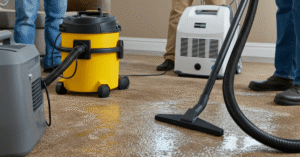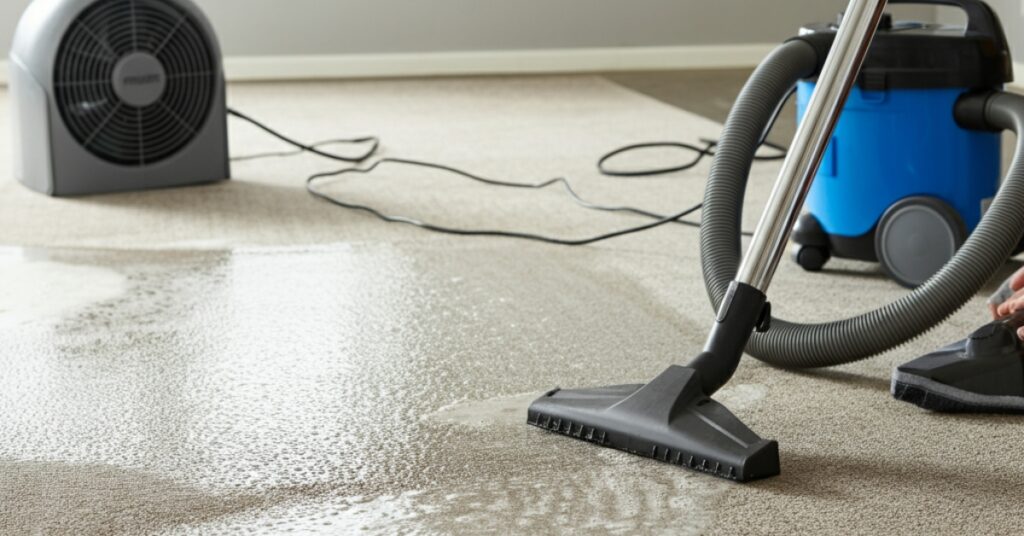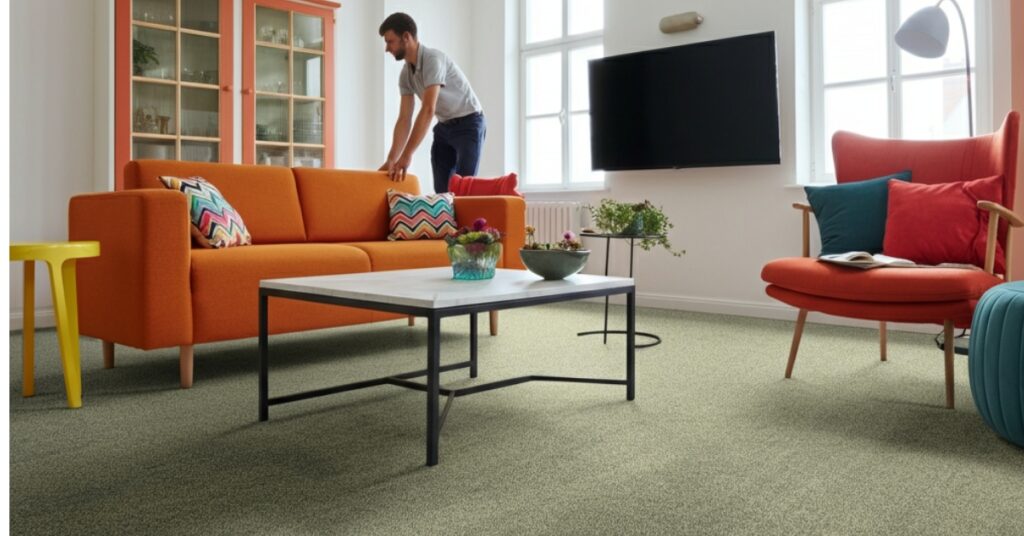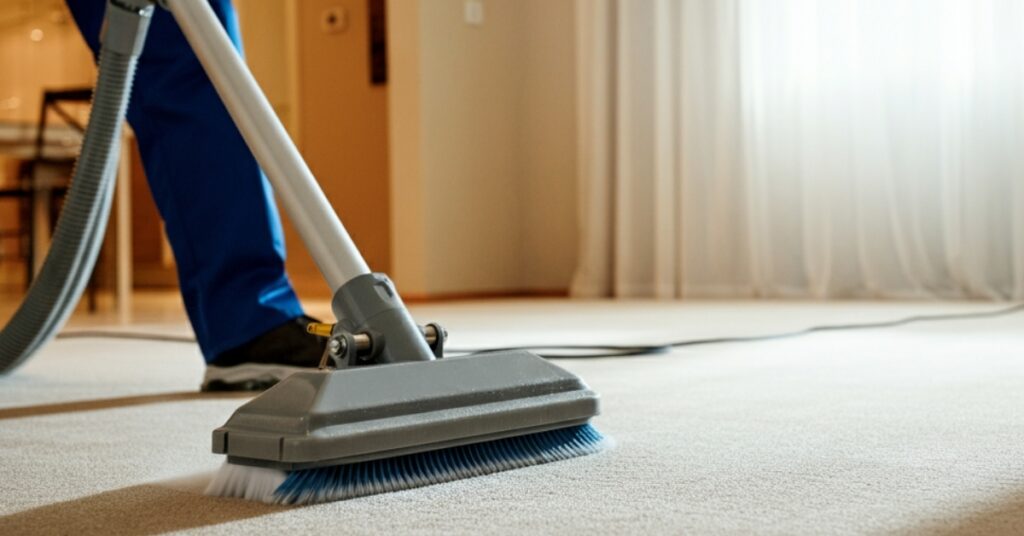As an Amazon Associate, I earn from qualifying purchases.
In many homes, carpets provide comfort and insulation, creating a cozy environment for children. They serve as a soft landing for toddlers and babies learning to crawl. However, it’s natural for parents to wonder, is carpet cleaning safe for my kids? While cleanliness is a priority, ensuring that the cleaning methods are child-friendly is just as important. Choosing non-toxic cleaning products, vacuuming regularly, and scheduling professional cleanings with eco-friendly solutions can help maintain a hygienic space without compromising your child’s safety.
In this guide, we will cover the factors a parent should consider when thinking about cleaning carpets. I will explain the dirt that carpets can collect, provide safe methods of cleaning, and offer maintenance tips to promote a healthy home. Let’s get right into it!
Why Carpet Cleaning Matters for Families with Kids
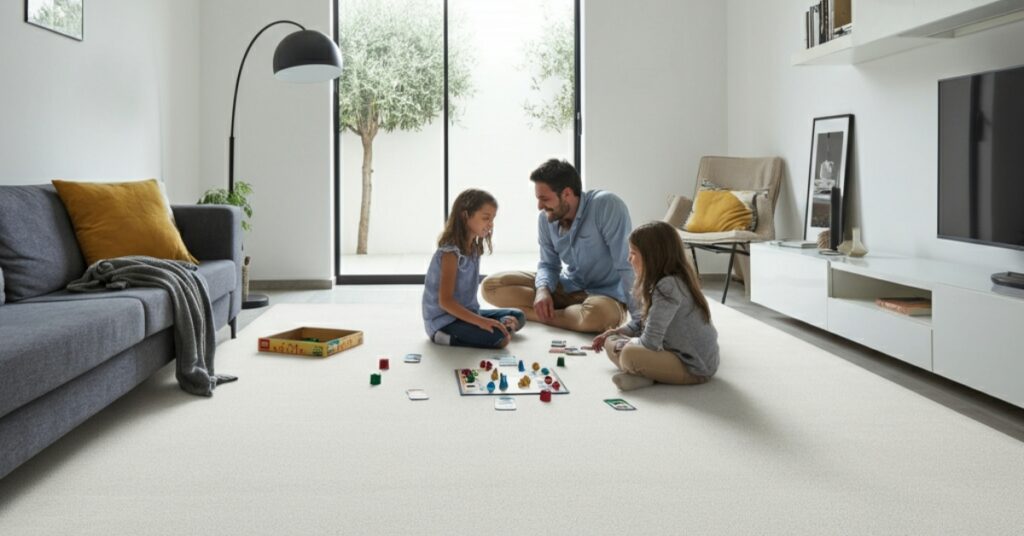
Toddlers and young kids can be susceptible to allergens, bacteria, and dust within the carpets of your home. Because children spend a significant amount of time crawling and playing, they have the potential to come into contact with hidden allergens that are out of sight. Not only can this negatively impact your child’s health, but it can also affect the air quality in your home.
Your carpets act as filters, sometimes even as “silent filters” for:
- Pet Dander
- Dust Mites
- Pollen
- Bacteria and Viruses
Vacuuming helps remove dirt on the surface of the carpet, but it does not eliminate dirt that is embedded in the dense carpet fibers. This can lead to a plethora of severe health conditions like asthma, eczema, or even hay fever. Complete deep cleansing is necessary to ensure that dirt and other harmful pollutants do not circulate freely and worsen these respiratory conditions.
Consider this example: Jamie, a parent of three, noticed that her youngest child was sneezing frequently and experiencing itchy skin after playing on the living room carpet.
After a professional assessment, the culprit was revealed to be dust mites and pet dander embedded in the carpet fibers. A switch to hypoallergenic cleaning methods resolved the issue, underscoring the importance of maintaining carpets in homes with children.
The Hidden Risks of Dirty Carpets
Aside from dirt that can be seen, carpets can have a surprising number of hidden issues to deal with:
Mold and Mildew
Moisture can come from spills or inadequate drying, so mold growing underneath the carpet is certainly a possibility and can pose serious health risks.
Harmful Bacteria
Studies have traced carpets being home to E.Coli and Salmonella bacteria to shoes which are one of the main contributors to dirty carpets, and they can also be caused by pets.
Treated carpets with dangerous residue
Some cleaning solutions leave behind toxic residues that sensitive skin or respiratory systems in children find irritating. Having all of this information can strengthen a family’s purpose to practice regular carpet cleaning combined with safe cleaning methods.
Breaking Down Carpet Cleaning Myths
Carpet cleaning misconceptions may puzzle parents. Here are a few myths along with their facts:
Myth #1: All Carpet Cleaners Are Harmful
Fact: Carpet cleaners are not the same. Some traditional cleaners might use harmful ingredients, but today’s eco-friendly products are taking over the industry. Many are plant-based and do not contain VOCs, making them safe around children.
Myth #2: Professional Cleaning Is Always Risky
Fact: Family-friendly professional cleaners use advanced equipment and specially formulated hypoallergenic solutions. Answering (more on this later) the right questions can make the experience risk-free.
Myth #3: Kids Are In Danger of Steam Cleaning
Fact: Steam cleaning is dangerous when done improperly, but when done correctly, it is one of the most effective and chemical-free methods. Its high temperatures kill bacteria and allergens, leaving no residues behind.
Myth #4: A Clean Carpet Doesn’t Need Deep Cleaning
Fact: Well-taken care of carpets still requires deep cleaning from time to time in order to remove hidden dirt and allergens. However, choosing safe methods is the critical part this time.
What Makes Certain Carpet Cleaners Unsafe?
The method you use to clean your carpet determines its safety, especially the products you use. Common harmful ingredients to avoid include:
Formaldehyde
This is present in some adhesives and stain repellents. It is an irritant to the eyes, nose, and lungs. Additionally, it is a known cancer-causing agent.
Phthalates
These are used for most scents in the carpet cleaning solution. Most worrisome is their association with endocrine disruption.
Perchloroethylene (PERC)
PERC is often used in dry cleaning and is classified as a probable carcinogen. It is also known to cause dizziness and skin irritation.
How to Spot Safe Products?
Look out for labels such as “non-toxic”, “green seal certified”, “biodegradable”, or “safer choice”, which is an EPA certification mark. These indicators mean the products are safe for children and the environment.
Safe Carpet Cleaning Methods for Parents
Homemade cleaning products are often more affordable and just as effective as store-bought ones. These solutions provide greater flexibility when it comes to choosing the ingredients, empowering parents to cultivate a safe environment for children:
Baking Soda Deodorizer
Ingredients: Baking soda
Instructions: For effective carpet deodorizing, sprinkle baking soda on the carpet generously. Leave it overnight. When you vacuum the next day, the odor in the carpet will be neutralized and moisture absorbed.
Stain Remover with Vinegar and Water
Ingredients: Equal parts of white vinegar and water
Instructions: Put the mixture in a spray bottle and spray on the stained areas. Blot with a clean cloth and repeat if necessary. Safe and effective for spot cleaning. For tougher stains, you can also try cleaning carpet with vinegar and baking soda, which combines the deodorizing power of baking soda with the stain-lifting properties of vinegar.
Steam Cleaning Solution
Ingredients: Hot water only (Optional: add a few drops of essential oils)
Instructions: Pour hot water into your steam cleaning machine, then use steam to sanitize carpets. Ensure they dry thoroughly to prevent mold growth.
Professional Cleaning Tips
If your carpets truly require a deep clean, hiring a professional is a wise decision. To ensure safety:
Ask Questions
- What cleaning products do you use? Are they safe for children?
- How do you ensure that no residues are left behind?
- What are your procedures for drying the carpets?
Check Credentials
- Search for companies that are certified by green organizations or offer hypoallergenic services.
Timing is Everything
- Schedule cleanings when children are not home to allow time for drying.
Best Practices During Ventilation and Drying
Regardless of the method you use, proper drying is essential:
- Use fans and open windows for better air circulation.
- Carpets should not be damp for more than 24 hours.
- A dehumidifier can help speed up drying time during humid weather.
- These practices help ensure safer results and prevent mold growth.
The Science of Allergens in Carpets
One square foot of carpet can hold as many as 200,000 dust mites. These tiny bugs live in warm, moist environments and are a leading cause of allergies, particularly in young children. The allergens from these mites, alongside pet fur and pollen that settle deep within carpets, are released into the air when the carpet is disturbed.
Preventing Allergen Build-Up
To reduce exposure, remember to:
- Use a HEPA filter vacuum for regular cleaning.
- Steam clean carpets biannually.
- Use allergen-proof covers for pillows and mattresses when carpets are in bedrooms.
- Knowing allergens helps understand why regular maintenance is so essential.
Prolong Your Carpet’s Lifespan (and Safety)
Not only does proper carpet care enhance your children’s safety, it also increases the lifespan of the carpet. Additionally, consider the following:
- Prevent Dirt with Shoe Rules: Minimize outdoor debris by enforcing a no-shoe rule.
- Use Rugs or Mats: Position them in busy areas to absorb the brunt of damage.
- Act Quickly on Spills: Address stains promptly to avoid permanent damage.
These practices allow your carpet to remain clean and usable for many years.
Expanded FAQs for Parents
How Often Should I Deep Clean My Carpet?
Homes with children should aim to deep clean carpets every 6-12 months. High-traffic areas may need more frequent cleaning.
What’s the Best Way to Disinfect a Carpet Naturally?
Steam cleaning is the safest, most effective option for killing bacteria without chemicals.
Can Carpets Aggravate Asthma in Kids?
Yes, unclean carpets can contribute to asthma symptoms due to airborne allergens. Regular cleaning can mitigate these risks.
Are Scented Cleaning Products Safe for Kids?
Most are not. Opt for unscented or naturally fragranced (essential oil-based) cleaners.
Is Renting a Carpet Cleaner Better Than DIY?
Renting professional-grade machines can be cost-effective but may require caution. Ensure the model is compatible with eco-friendly products.
Final Words of Advice
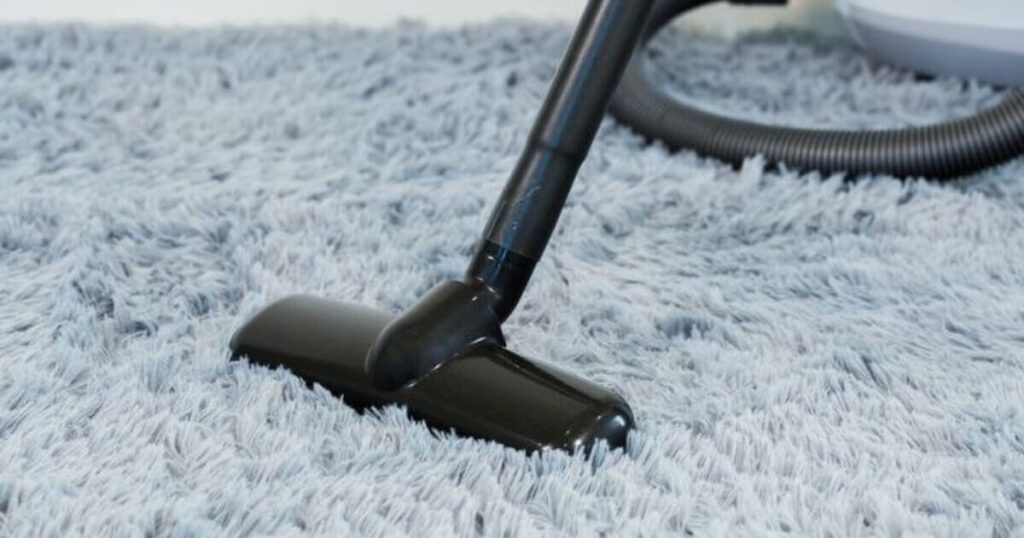
Keeping carpets safe and clean while bringing up children doesn’t have to be difficult. A blend of understanding, the right equipment, proactive measures, and smart cleaning schedules makes it possible to foster a healthy environment for kids.
Your efforts toward ensuring non-toxic cleaning solutions, good ventilation, and every other effort big and small all add up to your home being a safer place. The focus here involves providing a balance between a safe, hygienic, and worry-free space for your children to grow, crawl, and play in.
Make sure you take action by putting these strategies into practice. You and your family will certainly feel a lot more relaxed knowing that your carpet goes beyond being clean and is safe.
As an Amazon Associate, I earn from qualifying purchases.

